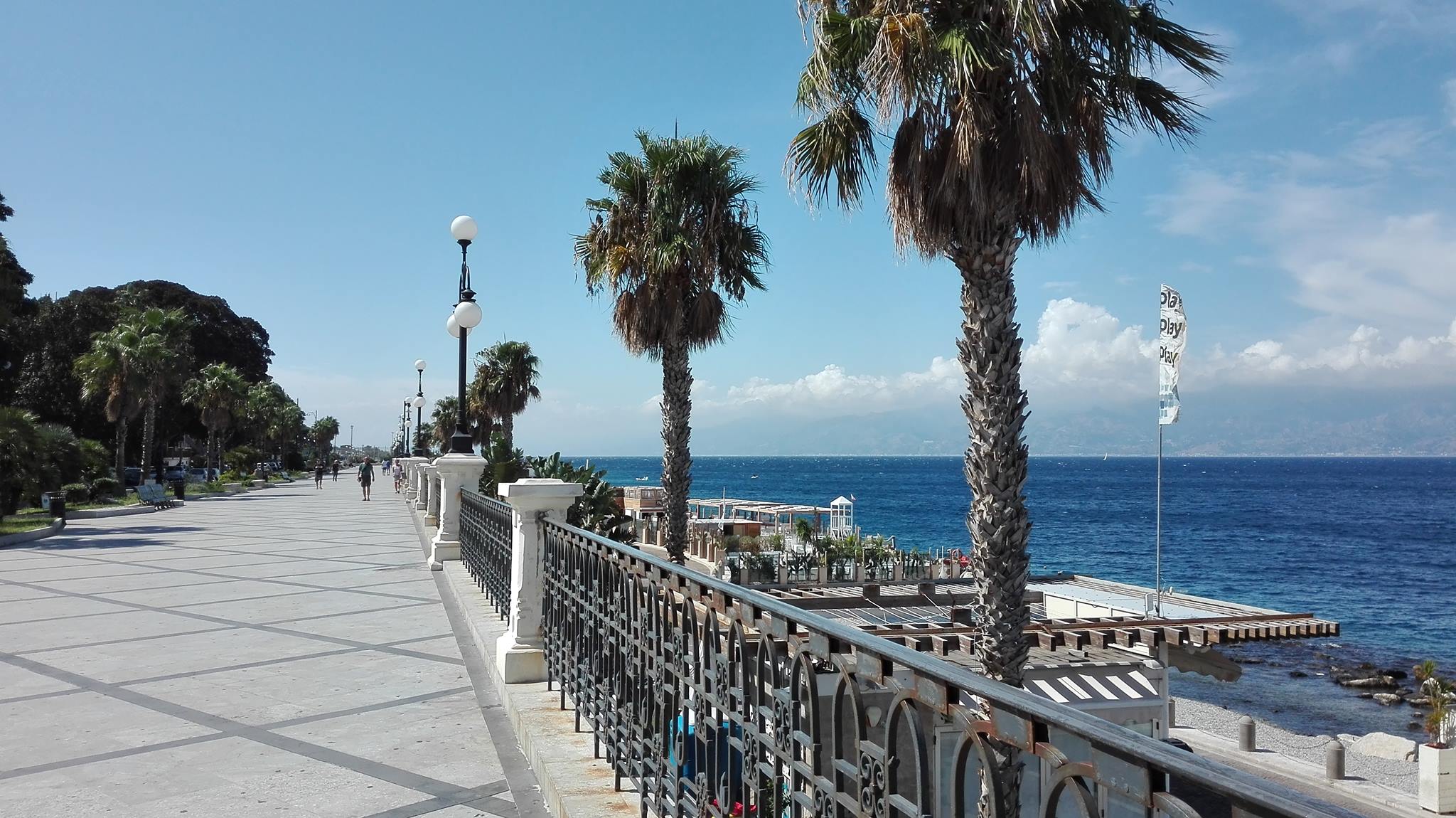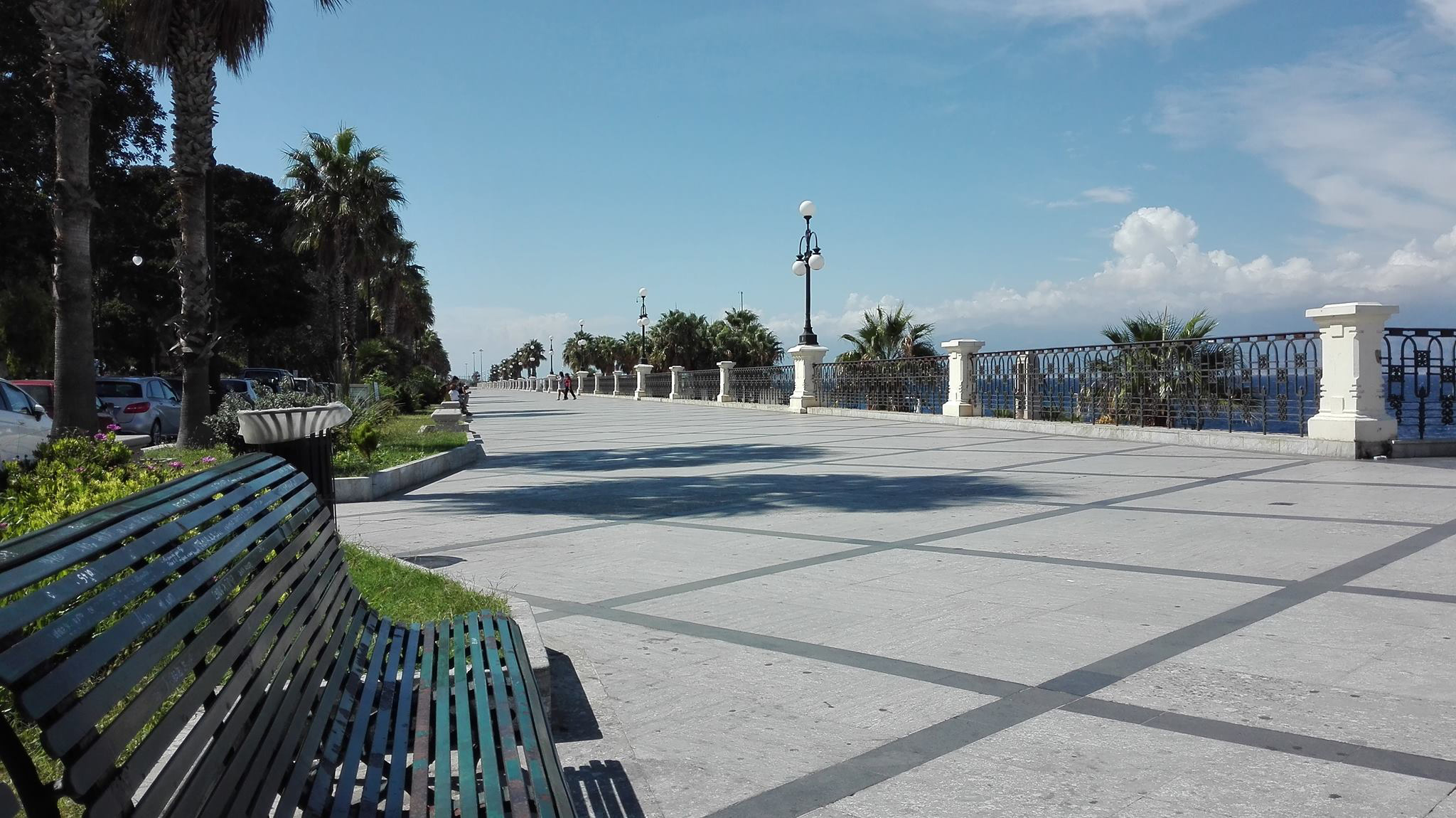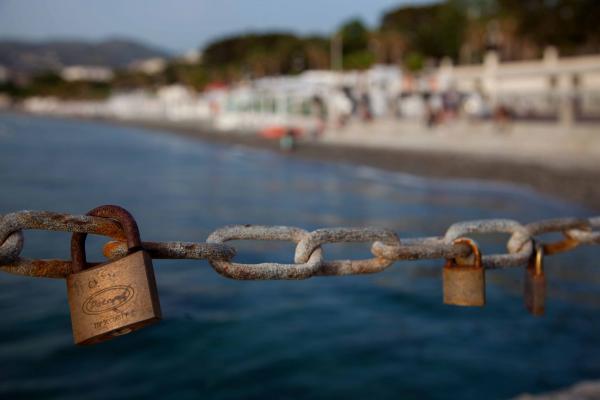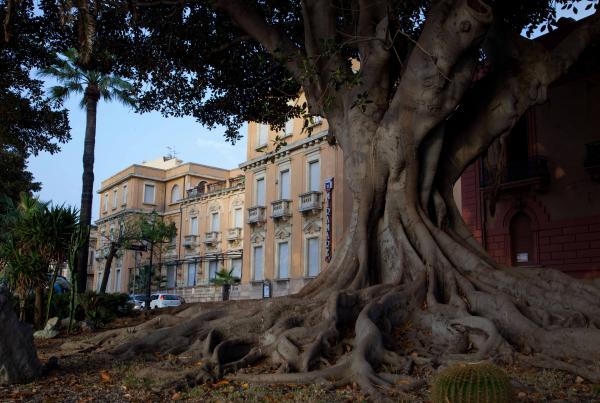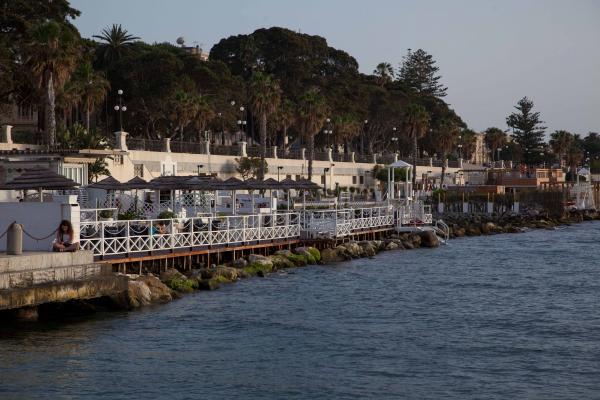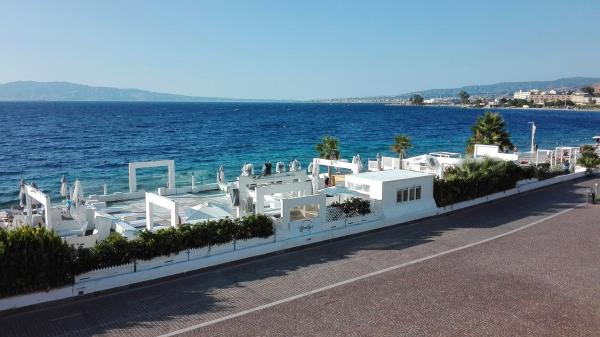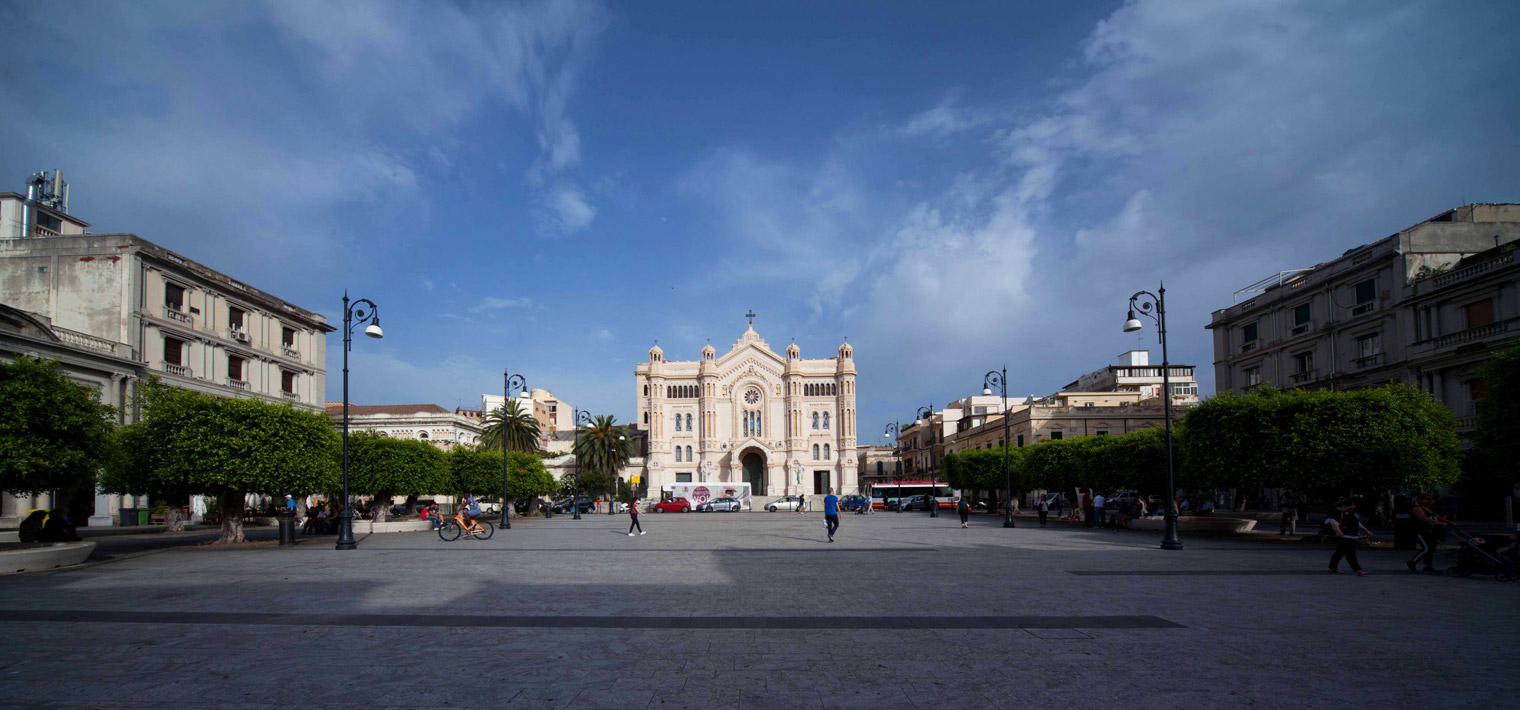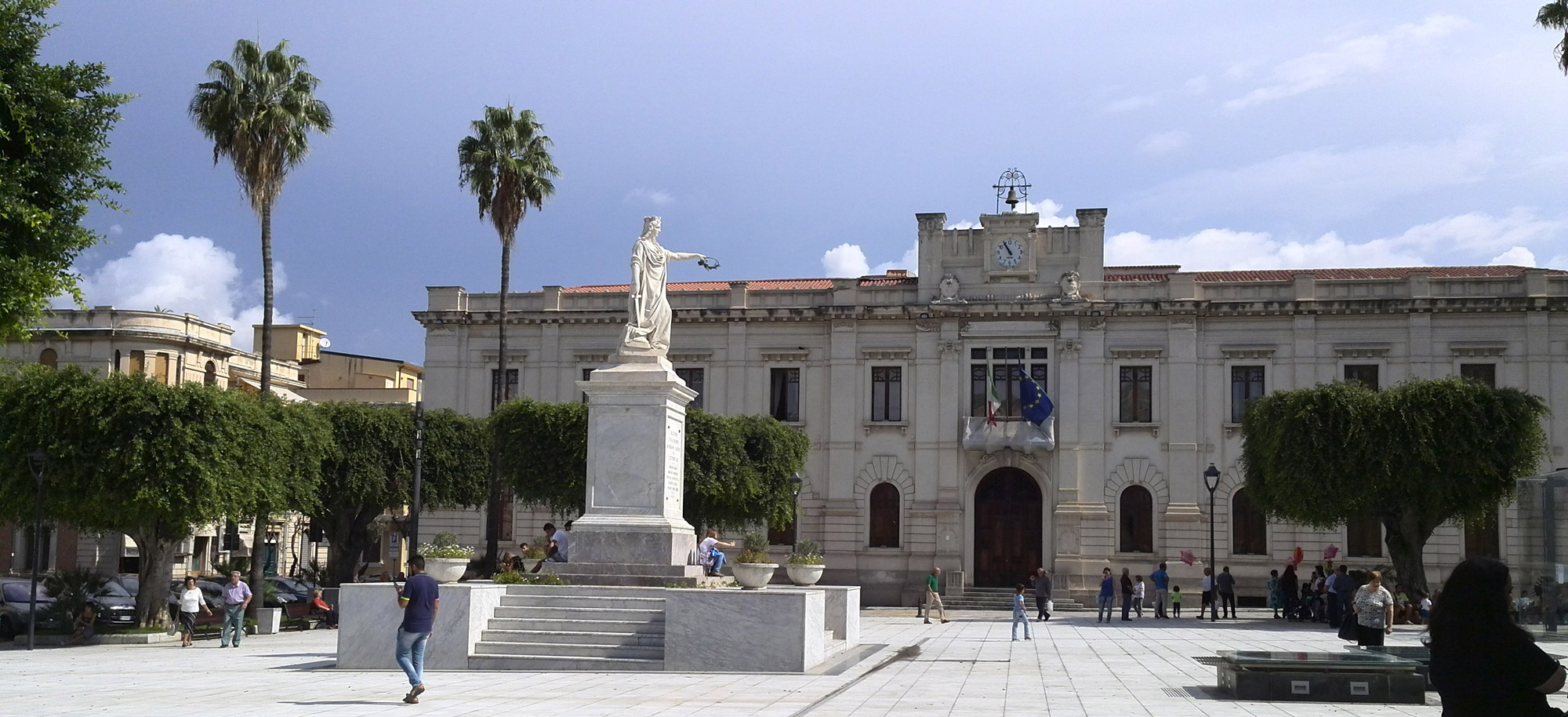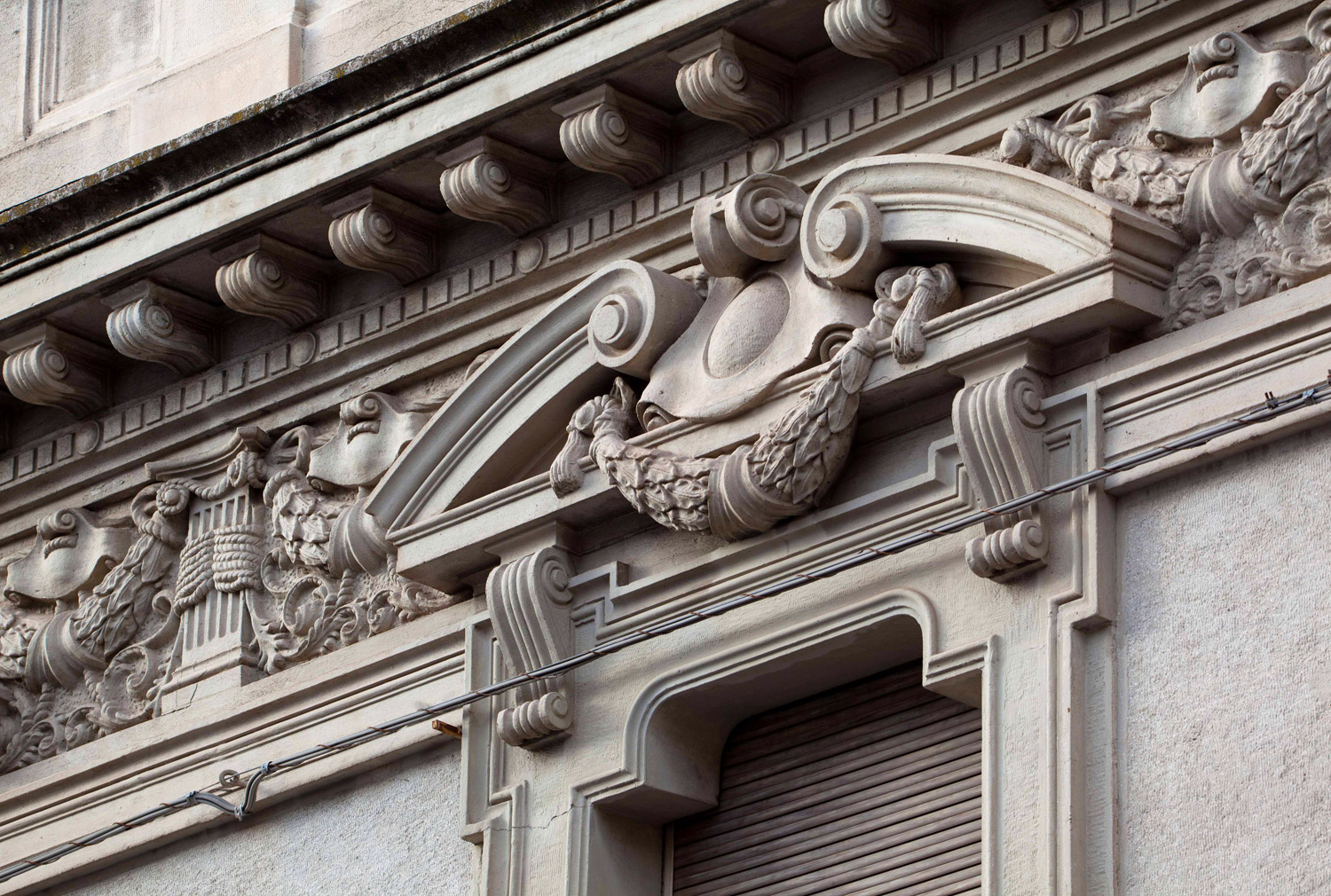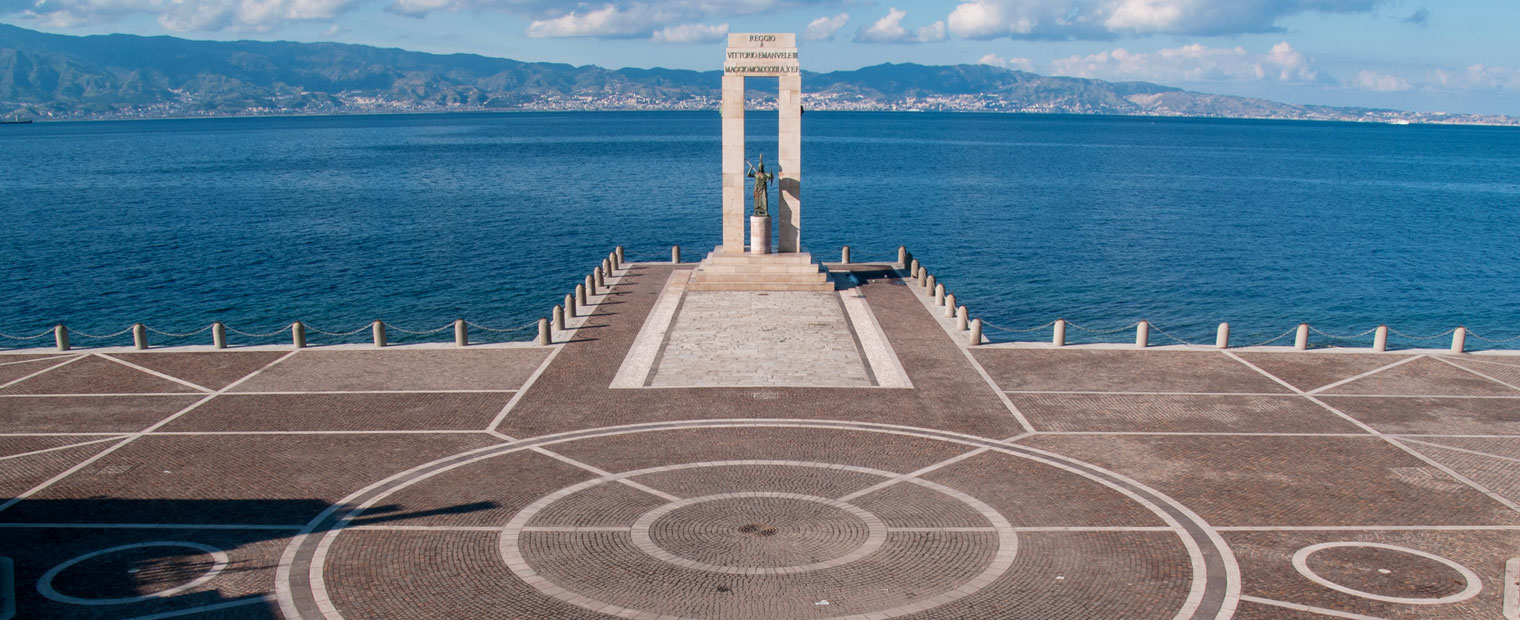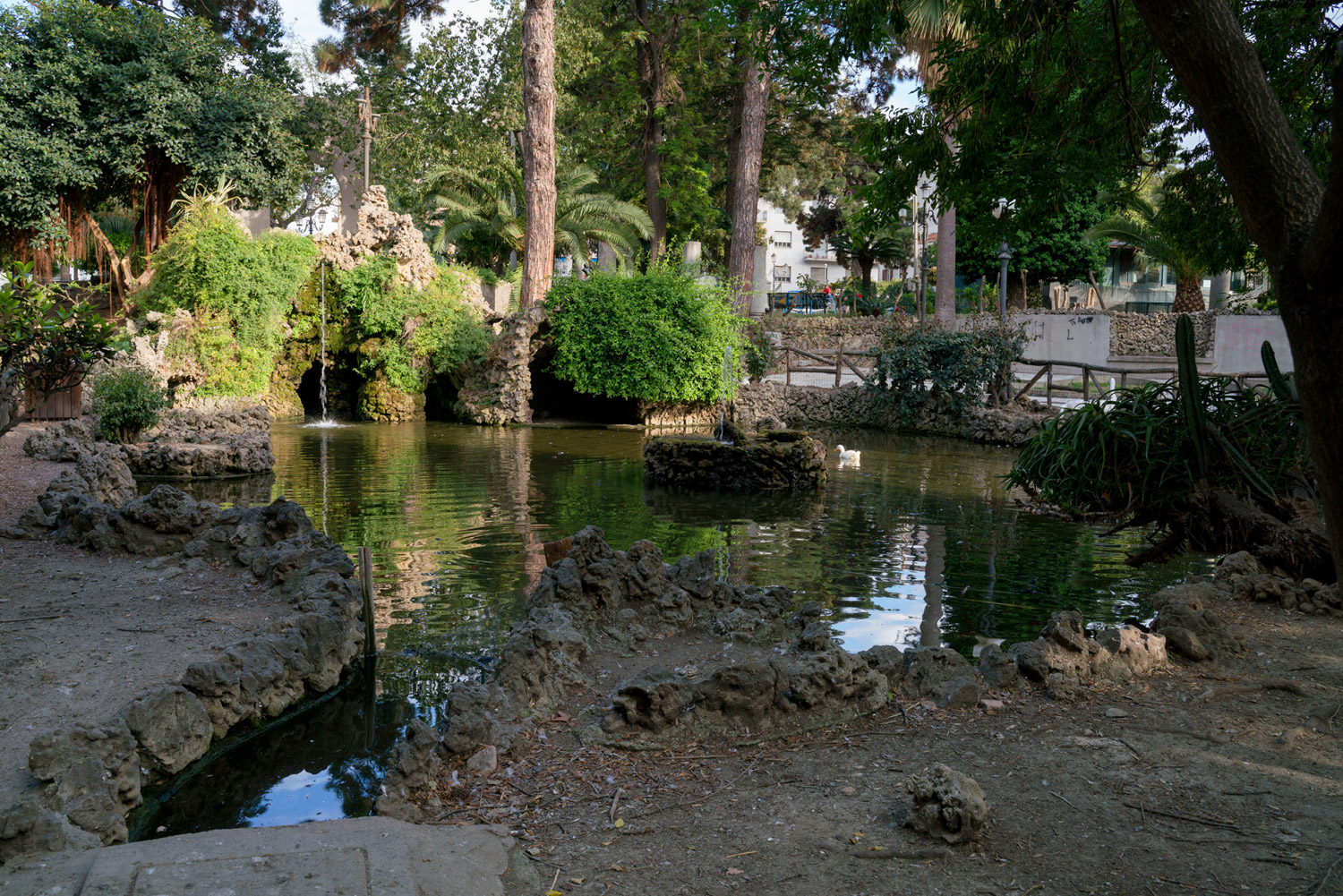Magical, romantic, and overlooking a unique location across the Mediterranean, the waterfront in Reggio Calabria is the natural extension of the city’s historical centre and is an essential stop for the people of Reggio and all of those who love the sea’s charm. Defined as the most beautiful kilometre in Italy (its actual distance is 1.7 kilometres), it is one of the focal points of Reggio’s soul.

Reborn three, four times
The kilometre of land overlooking the Strait came to life during the time of the city’s rebirth after the earthquake of 1783. The Engineer Giovan Battista Mori imagined and created an open space that overlooks the sea with a series of building behind it that follows the shape of the coast, giving it the name Real Palazzina. A hundred years later, the impetuous arrival of the railway forced the city to reorganize the sea route. The waterfront was once again reborn after the earthquake of 1908, from which it takes its present form. Finally, in 1994, the Promenade was reborn a fourth time with major redevelopment work that, with the creation of a series of paths at various levels, have changed the largest public spaces in Europe.
DID YOU KNOW THAT …?
The Lungomare Falcomatà was named in honour of Italo Falcomatà, a protagonist of the mid-nineties, during what was called la Primavera di Reggio (the “Spring of Reggio”) when the area was redeveloped and experienced its fourth rebirth.
All of history revealed in a walk alongside the sea.
The waterfront contains four streets: lungomare Falcomatà, lungomare Matteotti, corso Vittorio Emanuele III and viale Genoese Zerbi, which together form the one street known as Via Marina.
Among the buildings that overlook via Marina, the Liberty style dominates, the result of the last reconstruction in the early 1900s. The Zani and Spinelli palaces and the Genoese Villa Zerbi are particularly charming. It is a walk along its path, however, that reveals the city’s entire history, from the monumental fountain, to the memorial monuments, the artefacts from the Greek-Roman period, such as the monument of Ibico Reggino (11th century BC), the Greek poet of Reggio, as well as the Hellenistic column surmounted by a bronze tripod as a symbol of Apollo (in the past, Reggio was called “Febèa”, which is the city of Apollo. It was the tyrant Dionysius II of Syracuse who named it that in the 4th century BC after having rebuilt and consecrated it to Apollo: it was his Father Dionysius I who destroyed it, deporting the residents of Syracuse; Dionysius II had them returned and participated in its reconstruction).
Finally, we can also fine the two sections of walls coming from the Greek city and thermal plants from the Roman era that are at times very green and rich in palms, as well as extremely variegated plant species.
Not only the sea
The Lungomare is the best point of reference to discover the city’s heart. Rich and short walks lead to the National Archaeological Museum, the “home” of the Bronzi di Riace (Riace bronzes), which take us through the streets of the historic centre of Corso Vittorio Emanuele II and Piazza Garibaldi and finally through the gardens of Villa Comunale, just to name a few.
